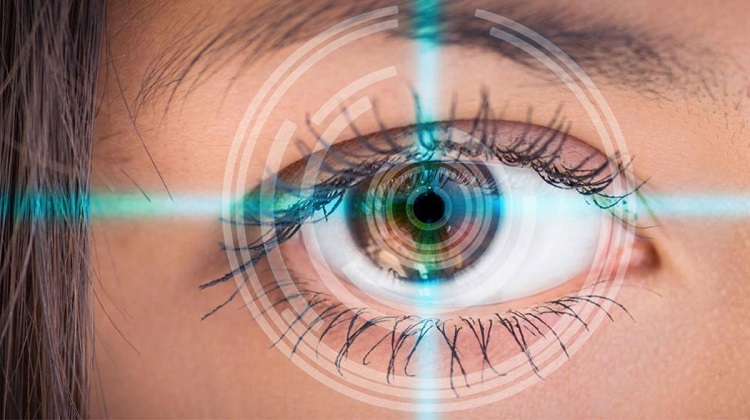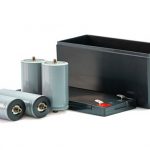Individuals who want to get rid of eyesight glasses permanently, can confer with the best eye specialist in Lahore. There are multiple options available, but one should discuss their condition and budget with their doctor. The specialist will provide guidance regarding the suitable treatment option based on the severity of the disease. The removal of eyesight glasses can help the person become confident and productive.
Transepithelial Photorefractive Keratectomy
It is a non-invasive procedure, which allows the person to get rid of glasses. Individuals suffering from hyperopia, myopia, presbyopia, and astigmatism are suitable candidates for transPRK. The laser helps ablate the layer of corneal cells and reshape the cornea, allowing the person to notice a visible change in the eyesight. The procedure takes almost five minutes for each eye.
The person opting for transPRK must be aware of aftercare to avoid complications. The dos and don’ts after the transPRK procedure are:
- Rest: The patient must rest for at least two days after the procedure. It helps in the healing process and deals with anxiety. The patient suffers from itchiness, discomfort, pain, and burning, which causes anxiousness. Therefore, the patient must sleep and avoid engaging in extreme physical activities.
- No Rubbing: The individual should remain conscious and never rub the eyes. Rubbing the eyes can cause further complications and delay the healing. The patient should avoid rubbing the eyes for at least a month after going through the procedure.
- Avoid Beauty Products: The patient must not use moisturizers and other beauty products for at least two months to prevent a reaction, causing further complications. Women must avoid using products near the eyes, as it may lead to discomfort, burning, and itching leading to damage to the corneal cells.
- No Contact to Water: Unsterile water can lead to infection. Therefore, the patients must avoid the use of water near the eyes. The patient should not shower for at least two weeks and avoid swimming for three months. It will allow the patient to have a smooth recovery without infection and other health-related risks.
- Avoid Physical Exertion: Sweating can hinder the healing process. Therefore, the patient should not exercise for a week after the procedure, as it can delay the recovery.
- Use Eye Shields: The caregivers should stay with the patient for at least two days after the procedure. The patient may assert pressure n the eyes while sleeping, causing complications. Therefore, using eye shields while sleeping helps minimize the chances of complications.
- Use the Drops as Per the Instructions: The caregivers must keep a check on the intake of medications. The patient must monitor the time and take the eye drops as per the instructions of the surgeon to aid in the healing process.
- Use Sunglasses: A common side-effect of TransPRK is light sensitivity. Hence, patient should prioritize their health and use sunglasses while working outdoors. Also, the harsh light can hinder the healing procedures; therefore, using sunglasses for a year after the laser is beneficial to avoid light sensitivity.
- Avoid Driving for a Week: The patient may have blurry vision for a month after the procedure. Hence, it is best to avoid driving for a while and use alternatives to avoid accidents.
- Limit the Screentime: Computer devices can lead to eye strain, and due to the laser procedure, the patient has blurry vision, which makes it difficult to focus. It can lead to headaches, eye-watering, and delays the recovery. Hence, it is best to avoid using computers/mobile phones for at least a week after the transPRK procedure.
- Visit the Eye Specialist: Patients must visit the surgeon after a week to remove the bandage lenses. It is also necessary to monitor the change in the eyesight to evaluate the recovery and success of the laser procedure.
Individuals who plan to undergo the procedure should consult an eye specialist at Ali Medical Centre. The doctor will guide them regarding the pros and cons along with the cost of the TransPRK laser procedure.


